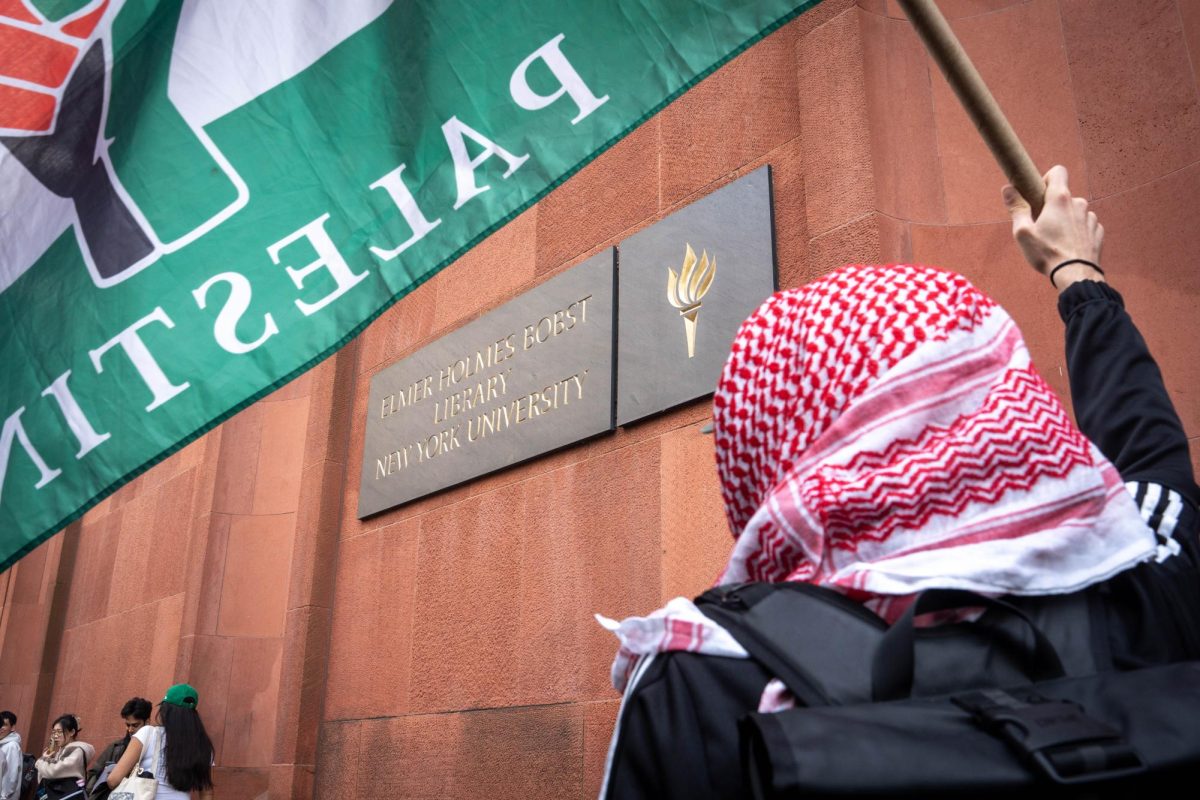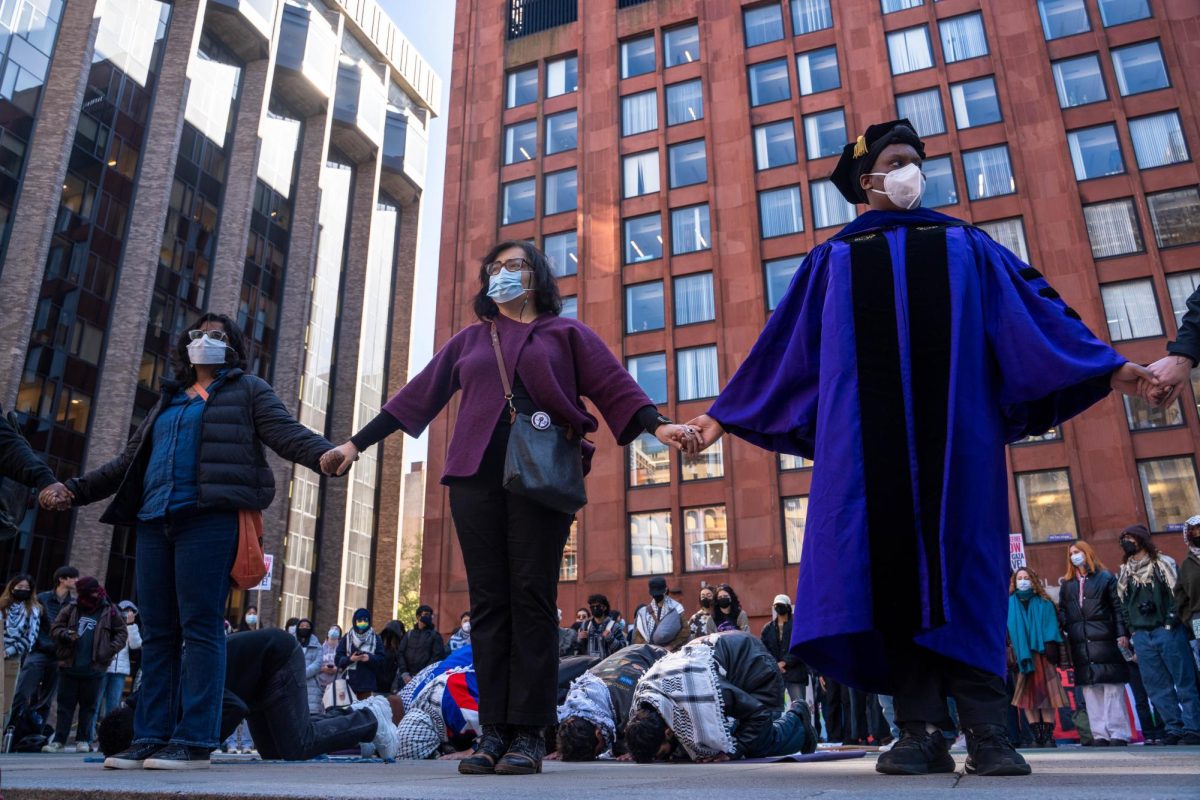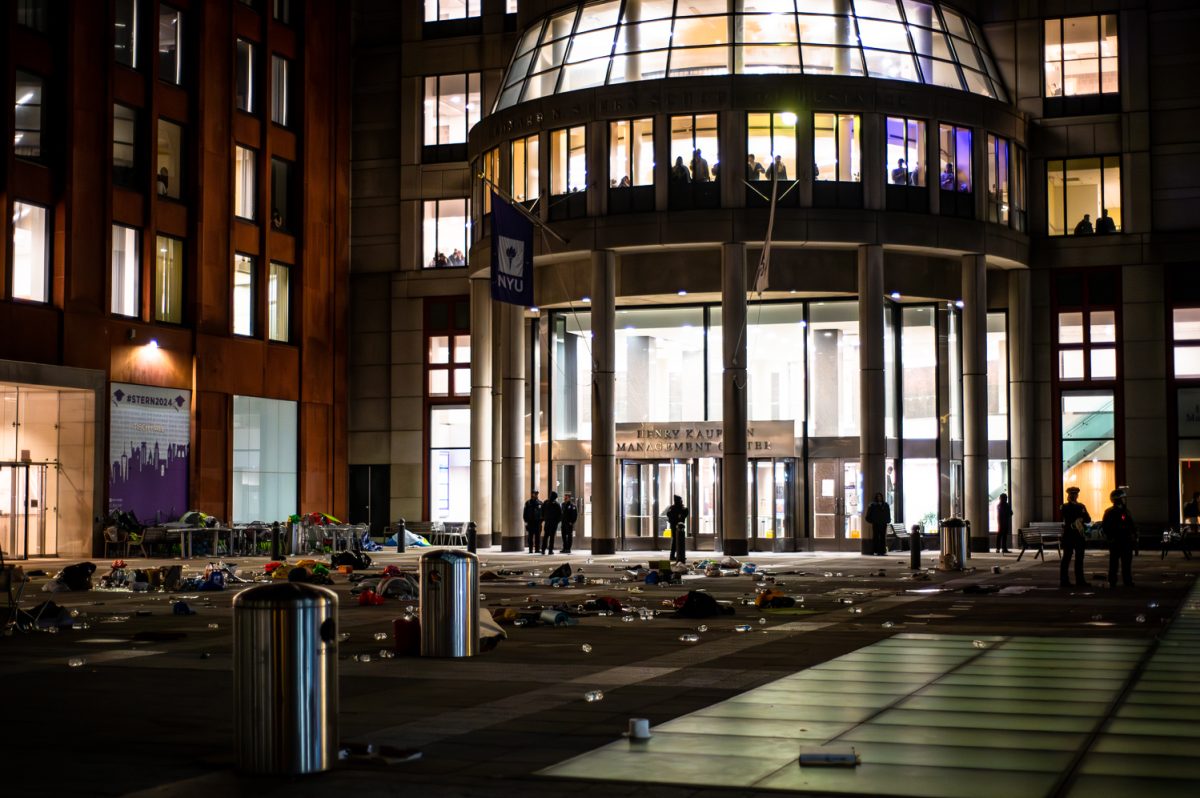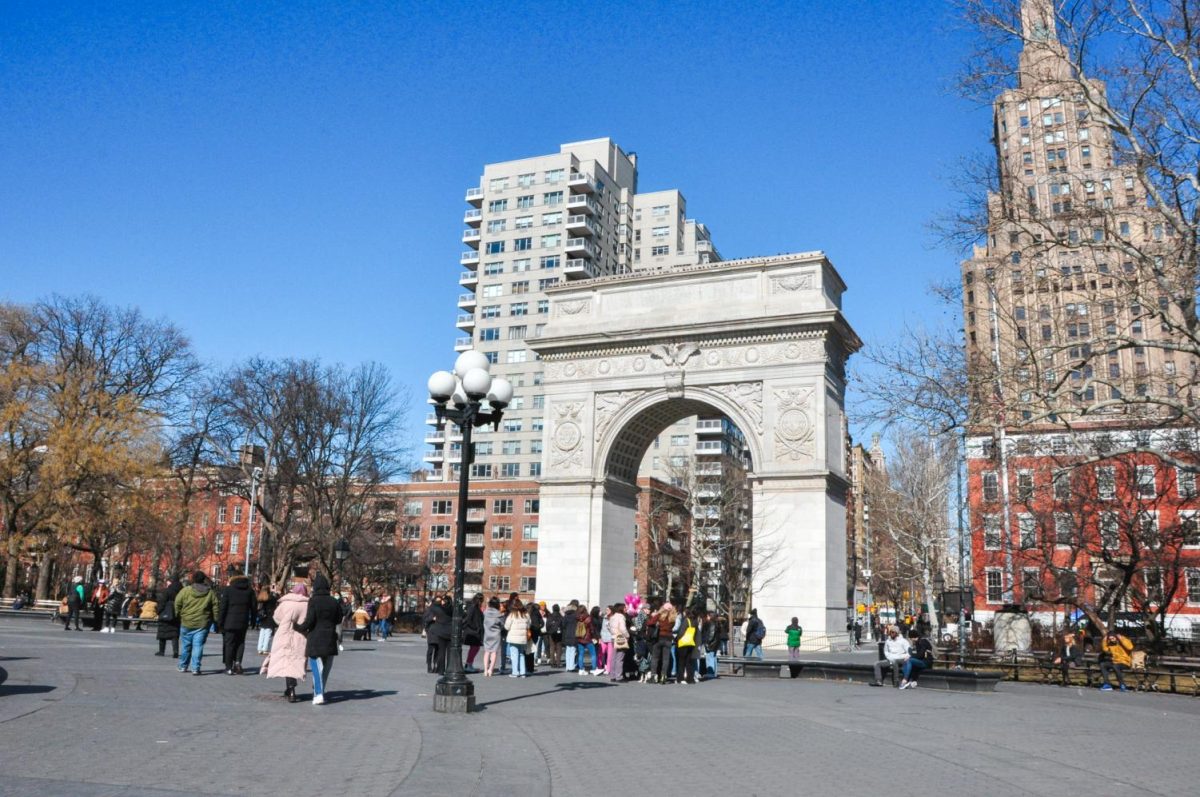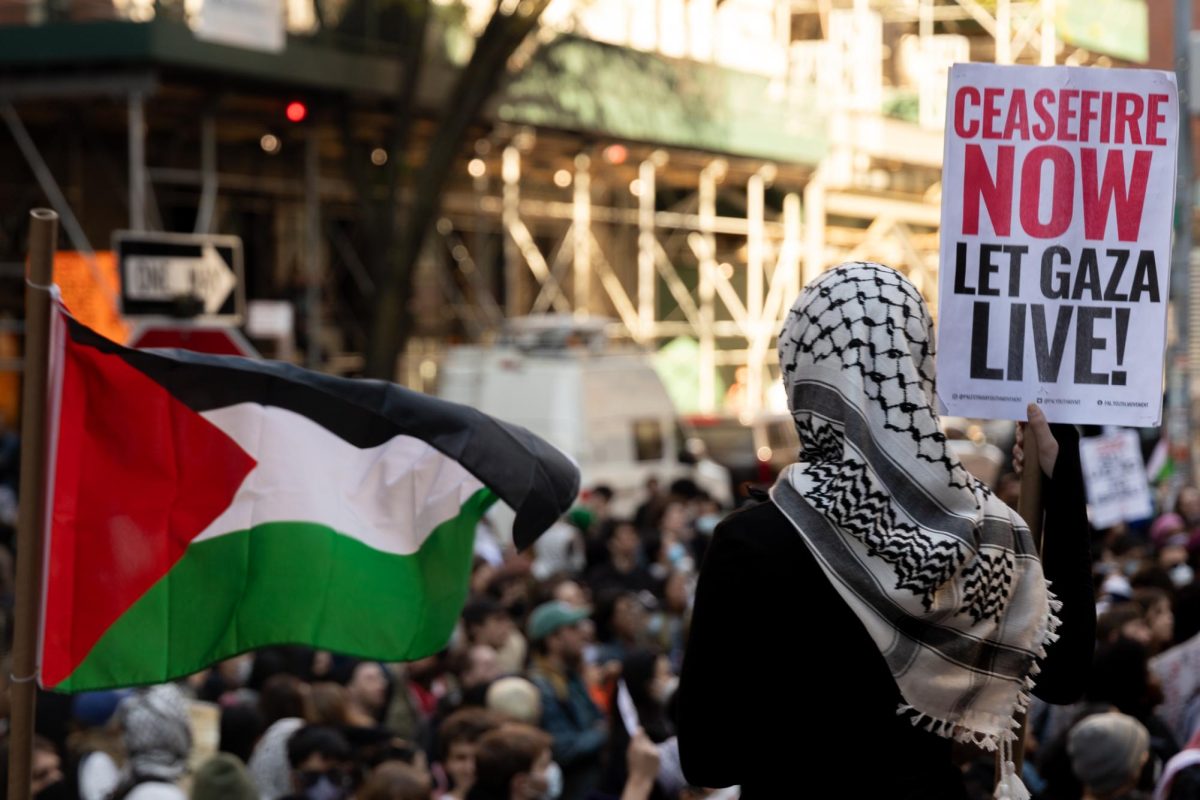Family Divisions Exposed in ‘Close Relations’

Museum of the Moving Image presents the U.S. theatrical premiere engagement of Close Relations
September 18, 2017
Born in Ukraine, but identifying as Russian, documentary director Vitaly Mansky travels back to Ukraine to interview his relatives who live in places like Lviv,Crimea and Donetsk and discovers a wide variety of conflicting viewpoints and political stances. Mansky, known for his award-winning documentary “Under theSun,” examines the recent Ukraine-Russia conflict through the lens of the divisions seen in his own family in his most recent documentary, “Close Relations.” In a documentary that feels more like an extended home movie, Mansky delves into his family relations at a time when national identity and Ukrainian politics are constantly in flux.
Mansky relies predominantly on stationary shots of his relatives talking to makeup the bulk of his documentary — a directorial choice both beneficial and detrimental to the viewer’s overall experience.Introducing family members one by one, Mansky lets his relatives ramble on, and through their talking is able to present an intimate portrait of his own family and a meditative, unhurried study on their opinions and complexities. Simultaneously, however, the long interview shots give the documentary a slow, somber pace, only occasionally interrupted with Mansky’s equally somber narration and shots of family photos and television screens. This presents difficulties staying focused, especially because the film does not contain any fast-paced, entertaining moments.
When Mansky’s relatives interact with each other, the documentary produces its most poignant moments. In a scene halfway through the film, three of Mansky’s aunts argue over Skype, each refusing to back down from her opinions even as they insist that they not talk about politics. The argument simmers with concealed aggression. One of his aunts, Mansky notes in his narration, is so stubborn in her beliefs that she does not even acknowledge her own sister in the Skype call. Scenes like these inject tension and life into an otherwise solemn and understated film and emphasize the divide in Mansky’s family.
In his presentation of the Ukraine conflict, Mansky uses a timeline, spanning from 2014 to 2015, to guide in his storytelling. The film can still pose confusion for audience members who are unfamiliar with the conflict: relatives speak casually about events and people without much context from Mansky’s limited narration.It proves challenging to keep track of all of Mansky’s relatives as he goes back and forth between them. The differences between the opposing sides of the conflict are still palpable, even when operating on limited knowledge.
Though not a film for someone looking for quick entertainment, “Close Relations” is worth watching for those interested in recent politics and hearing personal perspective. Mansky provides a deeply intimate, careful study of both his own family and the conflicts that divide Ukraine and those who live in it.
“Close Relations” opens at the Museum of the Moving Image on Friday, Sept. 22.
A version of this article appeared in the Monday, Sept. 18 print edition.
Email Jessica Ji at [email protected].

